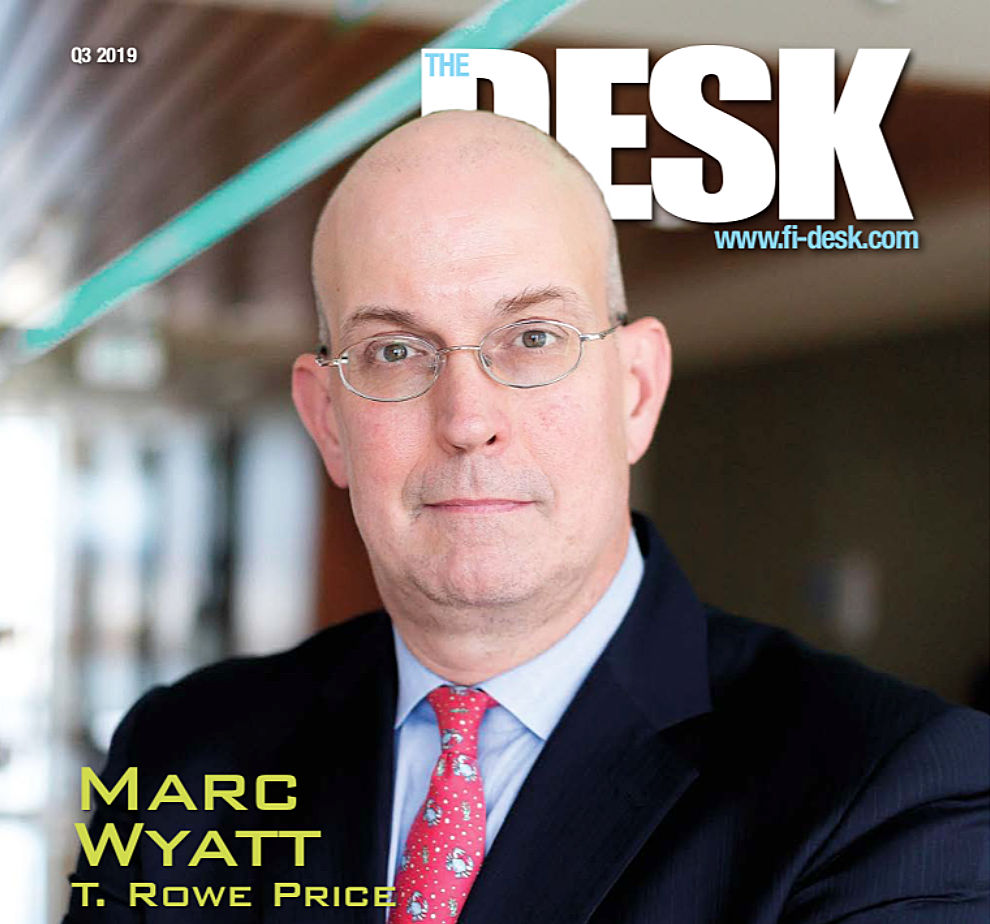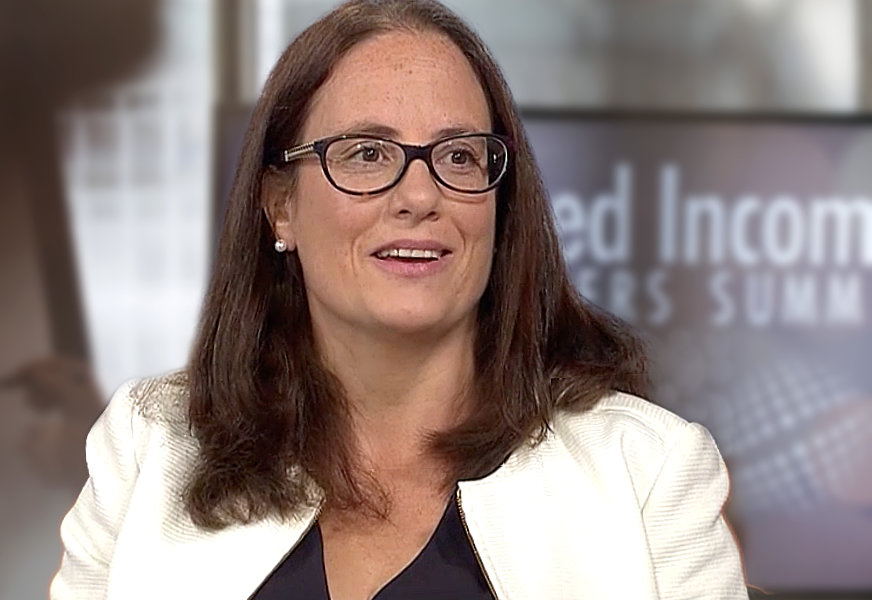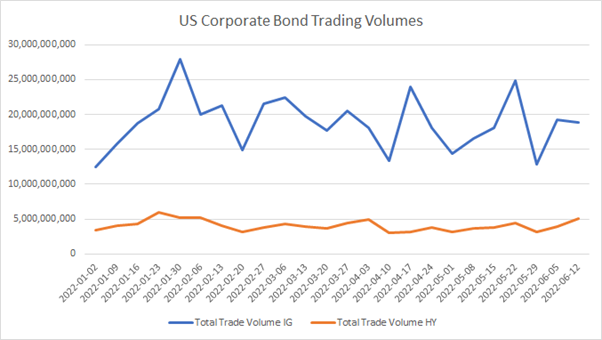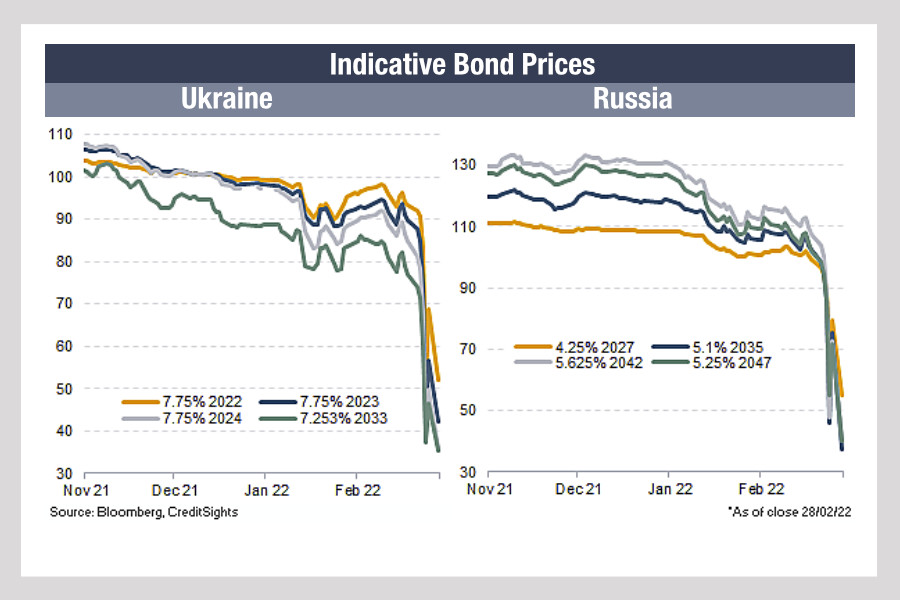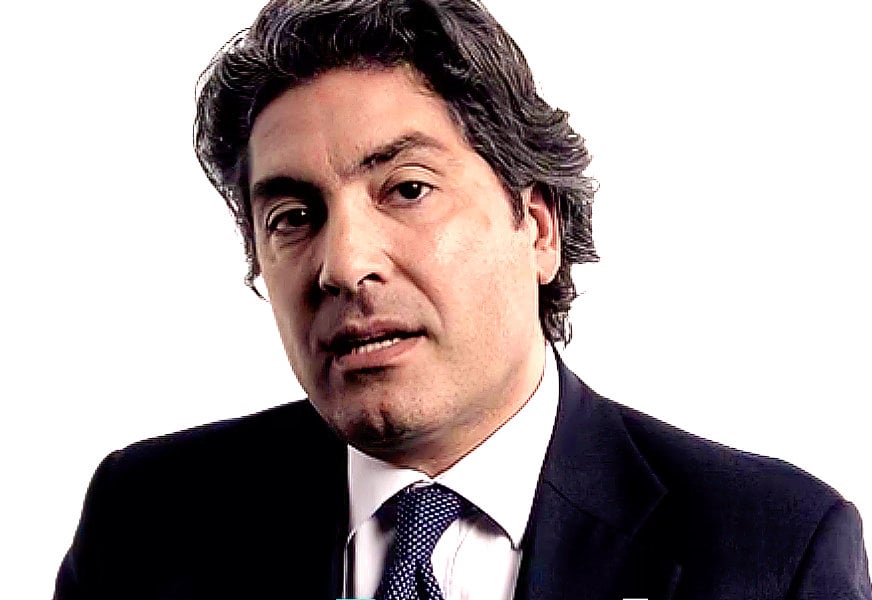Taking the proper steps
 Liam Huxley, CEO, Cassini Systems
Liam Huxley, CEO, Cassini Systems
The DESK speaks to Liam Huxley, CEO of Cassini Systems about best execution in derivatives.
How well developed is the best execution process for derivatives, and to what extent is the cost of trading visible to traders today?
It’s poor at the moment. We have been talking about this challenge for buy-side traders since 2014, and awareness of the need to factor in the lifetime costs in the front office is becoming more widespread. Visibility over those costs in the front office is still low. Most firms don’t have a clear view of the overall cost of collateral, and associated trading and maintenance costs in the front office. It is a material factor in the cost of trading, and returns, for a portfolio.
How complex would it be for buy-side traders to try and assess the cost of collateral manually and what sort of risks would that introduce?
A buy-side trader without any technology to do this for them, will not be able to have a true picture of those costs. The data you need to do it is embedded in the back office. The front office can’t see collateral schedules, they can’t see their inventory. They don’t know the fee schedule from their brokers, or what their fixed fees are. So, they cannot get a view on that cost without a technology provision. The two primary risks are the drag on your portfolio and the operational risk of collateral recall.
If best execution includes portfolio management, should this also be considered before the trading desk?
It should be a factor at the trade modelling time. When a portfolio manager is looking at the risk, or hedges, they are putting on a portfolio, they should be assessing whether to use a bilateral bespoke trade, or to use a cleared trade, with an informed view on the cost to carry that.
How do you see the Uncleared Margin Rules (UMR) impacting the imperative to change the process as it stands?
It makes things more urgent for buy-side firms, as the carry cost becomes a material factor in the overall cost of a trade on all over-the-counter (OTC) trades. That means it must be addressed. Does a firm decide to address it in the simplest ‘tick box’ way or look at it in a smart way as using a holistic solution to see where it can minimise its overall carry cost across trading?
Does solving this issue weigh across the investment and trading functions?
It absolutely should. It should be a front-to-back solution, whether that’s in-house or vendor-based, it should become part of your pre-trade, post-trade, and end-of-day processes. Those costs are best managed and mitigated at the front office. Firms signing up are typically more sophisticated or larger firms who understand that and have got the opportunity to implement their pre-trade processes and use a solution to provide that transparency.
Where are firms coming unstuck?
Firstly, no one should assume that a Standard Initial Margin Model (SIMM) margin number is a standard number that everyone is going to agree. Often dealers don’t have the same trade booking or the same data that the client needs to have. So, the message would be that firms should be looking to work with their dealer counterparts and go through a process of agreement and reconciliation well ahead of the coming regulatory deadline. That’s where, again, they need calculation tools to give them the flexibility to run different scenarios and do those assessments.
Secondly, knowing what the true cost of collateral for your portfolio is, is very bespoke to each fund; some funds will have zero cost of collateral depending on the type of assets they hold. And for other funds it will be a very significant cost, so it’s something again where you can’t just assume or use a rule of thumb, you need to have tools that can give you a true picture of your costs over time.
How is the delay to phase 5 of UMR impacting that response?
I would say we are seeing some firms that are taking advantage of it by just putting it on ice. And they will effectively say, ‘I have got an extra year without any hassle’.
That’s not the right or smart thing to do, but that’s certainly what some firms will do just because of resources. The bulk of firms that we talk to, who are going to get the benefit of the delay, are still looking for a solution as they kick the project off, and they are deciding whether they move forward and use the opportunity to put a more complete solution in place.
Are there firms still unsure as to whether they are in-scope?
There are several firms who are not 100 per cent sure if they are fully in-scope, are in Phase 6 or if they are on the cusp. They are looking at their numbers, at what they are going to be trading. Firms on the cusp of the threshold are looking at a) what their exposure really is, and b) where they can take measures to offset it. And that’s something we are engaging with and helping firms with, in terms of mitigation.
How wide a range of asset managers can potentially fall into this?
It’s a very broad sweep across all segments of the buy side. You have asset managers who may not be in-scope that manage accounts or dedicated funds on behalf of an asset owner, and at the asset owner level they are in-scope. Then, the allocated manager must also be compliant; we have that kind of wrinkle complication which is affecting quite a few firms. They have to understand whether they are Phase 5 or Phase 6, not based on their own size, but based on the aggregated exposure of their clients. Consequently, firms need to go and ask their clients to assess their full exposure.
Lastly, for future regulations, what do you think are the best next steps for firms to address today?
On the portfolio and the trading side, it’s a matter of putting in place the projects and the right stakeholders internally and ensuring that you go through the proper steps. If you do that methodically there is no reason to trip up. If that’s not done methodically then you might overlook your obligations in some form, or you might not necessarily get all your operational readiness done in time.
©The DESK 2019











